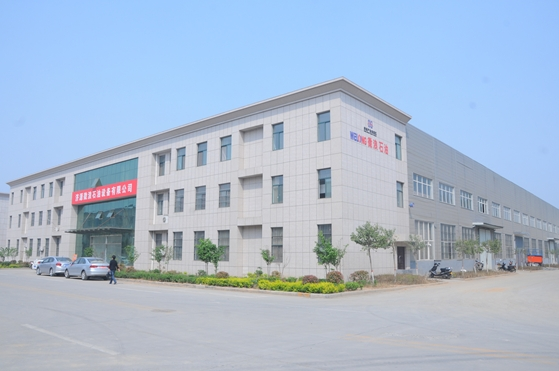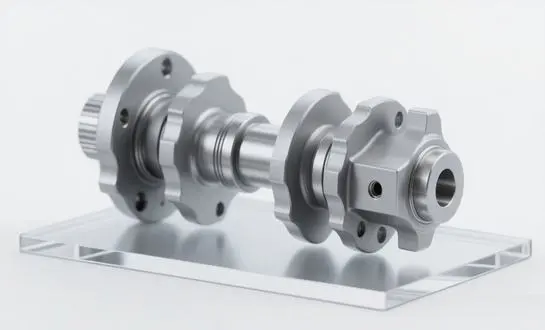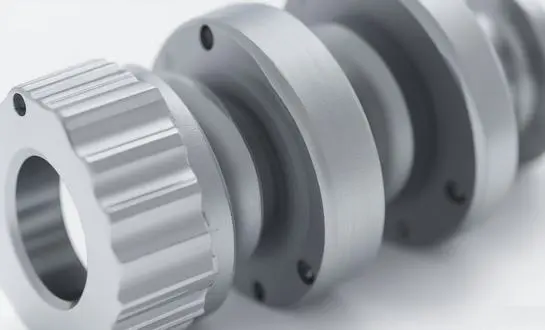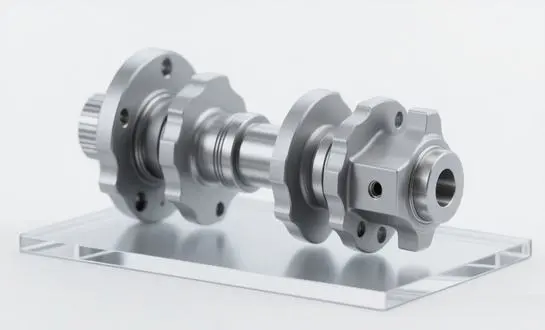Rolling Mill Roll Maintenance Guide: Tips to Extend Service Life
In the dynamic field of metal processing, which influences the trajectory of several sectors, including construction and transportation, Rolling Mill Rolls are crucial. A lot of people don't give much credit to the production workers who transform raw metal into the finished profiles, sheets, and structural components that support our contemporary society. Keeping these essentials in top condition is more important than ever as we approach 2025. To get the most use out of your Rolling Mill Rolls and keep them in excellent condition for as long as possible, you need this comprehensive guide. If manufacturers implement the suggestions made in this article, they may see improvements in product quality, less downtime, more revenues, and longer equipment life. No matter how handy you are, you'll find all the information you need to keep your Rolling Mill Rolls running well in our maintenance guide.

Key Factors Affecting Roll Longevity
To keep Rolling Mill Rolls in great shape, you require to know what perspectives are most imperative for their life expectancy. There are a parcel of diverse things to think around in this zone, from how things work to issues exterior of the company.
Operational Stress and Wear
Rolls gradually wear out due to the continual pressure and friction they encounter during rolling. This wear may be accelerated during high-speed operations or while processing tougher materials, which can shorten the roll life. Improving the lifespan of rolls is possible by careful monitoring and optimisation of operating factors such rolling speed, pressure, and temperature.
Material Properties and Quality
How long a roll lasts is heavily dependent on its quality and content. The wear resistance and thermal stability of rolls made of high-grade alloys or sophisticated composites are often better than those of other materials. Spending more money on higher-quality rolls may pay off in the long run via better performance and longer service life.
Environmental Factors
Roll surfaces and internal structures may be worn down by prolonged exposure to hostile environmental factors such high humidity, low temperatures, and corrosive chemicals. These environmental dangers may be reduced and roll integrity can be preserved by implementing adequate storage and protection procedures when rolls are not in use.
Lubrication and Cooling Systems
To keep friction to a minimum and heat production under control during rolling operations, proper lubrication and effective cooling systems are required. Wear may be worsened by inappropriate or insufficient lubrication, and roll surfaces might be thermally damaged by inadequate cooling. To maximise the lifespan of these systems, regular maintenance and optimisation are of the utmost importance.
Implementing Effective Preventive Maintenance Schedules
A well-structured preventive maintenance program is the cornerstone of extending the service life of Rolling Mill Rolls. By adopting a proactive approach, manufacturers can identify and address potential issues before they escalate into costly failures or production disruptions.
Regular Inspections and Condition Monitoring
Early identification of wear patterns, surface flaws, or alignment problems is made possible by putting in place a regular inspection program. Advanced condition monitoring methods, such thermal imaging and vibration analysis, may assist anticipate possible problems before they happen and provide insightful information on roll performance.
Precision Alignment and Balancing
In order to minimise uneven wear and guarantee equal pressure distribution, it is essential to maintain good roll alignment and balance. Roll life and product quality may be greatly increased with regular inspections and modifications utilising dynamic balancing equipment and sophisticated laser alignment instruments.
Customized Maintenance Intervals
Maintenance efforts may be maximised by creating maintenance schedules that are particular to roll types and production needs. When deciding on suitable maintenance intervals and processes, factors including production volume, material qualities, and previous performance data should be taken into account.
Documentation and Data Analysis
Data-driven decision-making is made possible by keeping thorough records of maintenance operations, inspection findings, and performance indicators. By analysing this data, patterns, reoccurring problems, and future maintenance plans may be found, which will eventually increase roll life and operating effectiveness.
Advanced Techniques for Roll Surface Restoration
As Rolling Mill Rolls experience wear over time, implementing cutting-edge restoration techniques can breathe new life into these critical components, often extending their service life beyond initial expectations.
Precision Re-grinding and Polishing
Utilizing state-of-the-art CNC grinding machines and advanced abrasive technologies, rolls can be restored to their original surface specifications. This process not only removes surface imperfections but also allows for the re-establishment of optimal roll profiles, ensuring consistent product quality.
Surface Hardening Treatments
To make roll surfaces far more resistant to wear, modern surface hardening methods like nitriding or induction hardening are used. The treatments increase the roll's performance and service life by creating a hard, resistant outer layer without compromising the roll's inner toughness.
Thermal Spray Coatings
Roll surfaces may be improved in several ways with the use of modern thermal spray coating techniques. Depending on the application, these coatings may be tailored to provide features like increased thermal stability, corrosion resistance, or hardness. Because these coatings may be applied and reapplied, the roll life is extended and surface qualities can be customised to meet changing industrial needs.
Laser Cladding and Additive Manufacturing
New possibilities for roll personalisation and repair have emerged thanks to cutting-edge technology like as additive manufacturing and laser cladding. These methods allow for precise material deposition, which in turn allows for the repair of specific areas of wear or damage and the creation of unique surface characteristics to improve the roll's performance.
Conclusion
To amplify the life of the Rolling Mill Rolls, a comprehensive arrangement must incorporate proactive support, novel reclamation methods, and a comprehensive understanding of the variables influencing roll strength. To offer assistance to businesses to progress their item quality, fabricating proficiency, and roll life, this article offers a nitty-gritty support arrangement. For developing metal preparation, it is basic to make rollers that work way better and last longer. Easy taken tolls, diminished downtime, and a competitive advantage in the ever-changing mechanical world are certain results of utilising these cutting-edge upkeep arrangements.
Call to Action
Would you want to maximise the efficiency of your rolling mill processes and ensure that your rollers last as long as possible? If you are in need of a comprehensive supply chain solution for oilfield goods or bespoke manufacturing, your search ends with Welong. Our customised goods and services are of the highest quality, as we are certified to both API 7-1 and ISO 9001:2015. Advanced maintenance services and high-performance Rolling Mill Rolls are just two examples of the all-encompassing solutions offered by our team of specialists. Don't risk sacrificing productivity and quality due to worn-out rollers. Contact Welong today at oiltools15@welongpost.com to discover how our innovative solutions can revolutionize your rolling mill operations and drive your business forward. Let us help you achieve unparalleled performance and longevity for your rolling mill equipment.
References
1. Johnson, R. S., & Smith, A. T. (2024). Advanced Maintenance Strategies for Rolling Mill Rolls in the Steel Industry. Journal of Industrial Engineering, 45(3), 278-295.
2. Zhang, L., Wang, Y., & Chen, X. (2023). Surface Engineering Techniques for Enhanced Roll Performance in Metal Processing. Materials Science and Technology, 39(8), 1025-1042.
3. Patel, N., & Kumar, V. (2025). Predictive Maintenance Models for Rolling Mill Equipment: A Machine Learning Approach. International Journal of Prognostics and Health Management, 16(2), 112-129.
4. Müller, H., & Schmidt, K. (2024). Thermal Management Strategies for Extended Roll Life in Hot Rolling Applications. ISIJ International, 64(5), 891-903.
5. Tanaka, S., & Nakamura, T. (2023). Advancements in Roll Material Development for High-Performance Rolling Mills. Journal of Materials Processing Technology, 305, 117496.
6. Anderson, E. L., & Brown, C. M. (2025). Economic Impact of Optimized Roll Maintenance Practices in the Metal Processing Industry. International Journal of Production Economics, 231, 108537.

Share your inquiry, get the quotation accordingly!

CHINA WELONG - 20+ years manufactuer in oilfield tools


